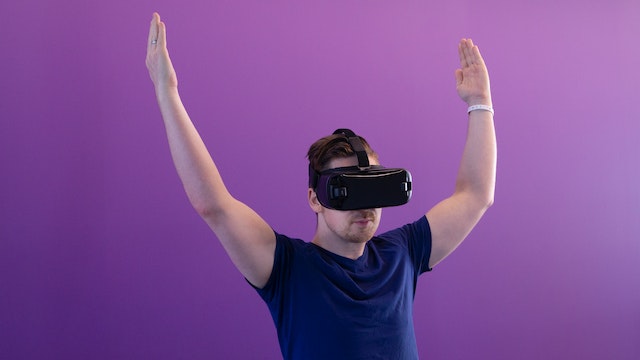We’re all familiar with mega-popular eSports games like League of Legends and Overwatch, but the playing field is changing quickly. With major brands like Mercedes-Benz entering the scene, and event tickets selling out faster than ever, it’s sure to become an even more booming industry than it is today. And some of the most innovative companies in the world are coming for your game.
Each company is looking to harness the immense power of eSports with new technologies and innovative business models. But that makes it seem like a harsh industry to navigate – there’s so much out there, and you must ensure you’re doing it right. So here are the best eSports technologies for your business to give you an edge over the competition.
Interactive Media
Comments for game content are part of our culture, and that interaction is a massive opportunity for businesses. Twitch viewers have grown by 250% over the past year, with more than 2 million people tuning in daily. And that’s only the tip of the iceberg – those numbers represent just a portion of those interacting and consuming eSports content.
4K Streaming
The high-res content from significant events is mind-blowing. Having a 4K stream guarantees you’ll be a trendsetter in the industry. It’s unique content, especially for the first year of eSports – whether you’re streaming or hosting an event. Many companies are considering it, but the technology is only really available for big brands at this point.
The Cloud
The cloud is where things are going with technology, from e-commerce to infrastructure. For businesses, it’s an opportunity to streamline operations and improve efficiency, particularly collaboration. You don’t have to spin up or maintain servers; you can work with everyone worldwide on one network. Opportunities like this will become even more popular with new technologies like 5G.
Virtual Reality (VR)
It’s a big word in gaming and will only grow as VR technology evolves. Companies like Oculus Rift, HTC Vive, and Playstation VR are creating new ways to watch and play games – eSports or traditional ones. And that’s only the beginning – the rise of virtual reality is just getting started. The opportunities are immense.
Augmented Reality (AR)
Gaming is a great way to build awareness in new markets. Virtual reality is a great way to engage your audience, but AR is the logical next step in almost everything, from gaming to eSports and even real estate. AR combines real-life and gaming content in ways that are almost impossible to imagine. For example, you can go into the future to win a match on Halo – it’s just unbelievable. In addition to eSports, this is a great way to engage your target audience in any market.
Data visualization
Data visualization is another area poised to take off in recent years. It allows everyone, from marketers to fans, to find information and trends in ways that are easy to digest and understand. And these visualizations can be tailored for specific keywords, content, or demographics. So, in addition to the big data that can be gathered for professional use, there’s also an excellent opportunity for niche markets and small businesses.
Wearables
Wearable technology in gaming allows players to get their game on anytime, anywhere. The data they glean from wearables is incredible, mainly because the devices can pick up on new metrics and data points. It’s a unique opportunity for brands to develop new technologies directly tied to gameplay. For some odds provider platforms, this technology led to predictive models that helped them increase customer engagement and average revenue per paying user.
Bottom Line
In any current business, you need the latest technologies to continue to grow and succeed. There’s so much growth happening now that for many companies, it’s a matter of when rather than if they’ll somehow be affected by eSports. So whether you’re a financial institution looking to offer new banking products or a gaming company looking to introduce new markets and technologies, there’s much to learn from eSports business strategies and technologies.
The environment around eSports is multifaceted and diverse. From game developers to streaming services, eSports are influenced by various stakeholders and influence many industries in their turn. However, four primary stakeholders contribute to this ecosystem: game developers, professional teams, streaming networks, and tournament organizers. These four entities work together to develop a unique environment supporting eSports and its players. And as this environment evolves, other stakeholders in complementary or adjacent industries will grow too.
